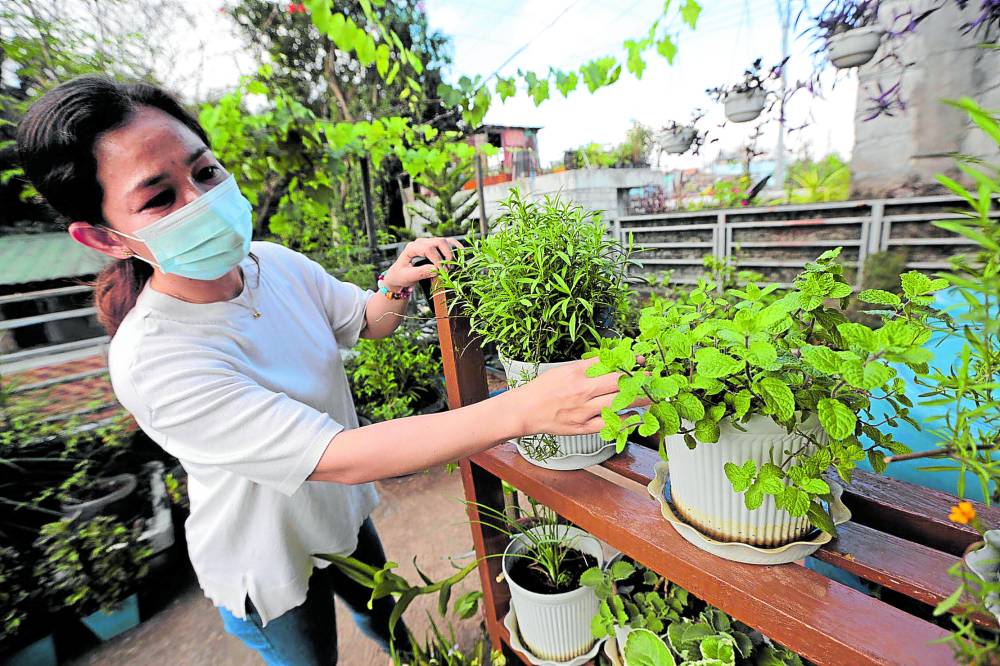
The Food and Nutrition Research Institute, in its latest survey, found that micronutrient deficiency persists in all age groups with over 75 percent consuming less than the recommended allowances. More than 70 percent of teenagers and 65 percent of adults have inadequate vitamin A intake. These micronutrients are vital to health and can easily be acquired by consuming enough green, leafy, yellow and orange vegetables.
Maggi encourages Filipinos to start an edible garden in their homes to increase the vegetable intake of family members. Here are tips, in partnership with the Department of Agriculture:
- Don’t be discouraged by small spaces. Vegetables can grow in small plots or even pots on windowsills. When seedlings mature, they can be transferred to bucket-sized containers and moved to sunnier spots or directly planted in a plot. Make sure pots have good drainage to avoid root rot.
- Choose low-maintenance staples. Tomatoes, sitao and eggplant are the most commonly used vegetables in Filipino dishes and also some of the most nutritious. They can thrive in 7- to 10-liter pots, as long as they have a good support structure such as a trellis, stakes, cages or hoops.
- Don’t throw away stems and roots. Some vegetables can be grown from cuttings. Pechay, kinchay and Chinese cabbage can be soaked in water to grow new sprouts. These can be transferred to pots when leaves are grown and roots are longer. After cutting away its leaves, kangkong can also be replanted in soil, and a small bulb of ginger can be regrown in a pot of soil.
- Use a good planting medium. Nutrient-rich soil promotes healthy and rapid plant growth so it is important to start with a good substrate made with compost, coconut coir dust and garden soil.
- Grow organic and make use of food waste. Avoid using chemical pesticides and fertilizers and instead opt for natural insecticides and compost. You can make your own compost by mixing soil with kitchen waste such as peelings, coffee grounds, unbleached paper towels, newspapers and eggshells. Water used to rinse rice can also be used to water plants as these contain minerals that promote healthy soil bacteria.












































